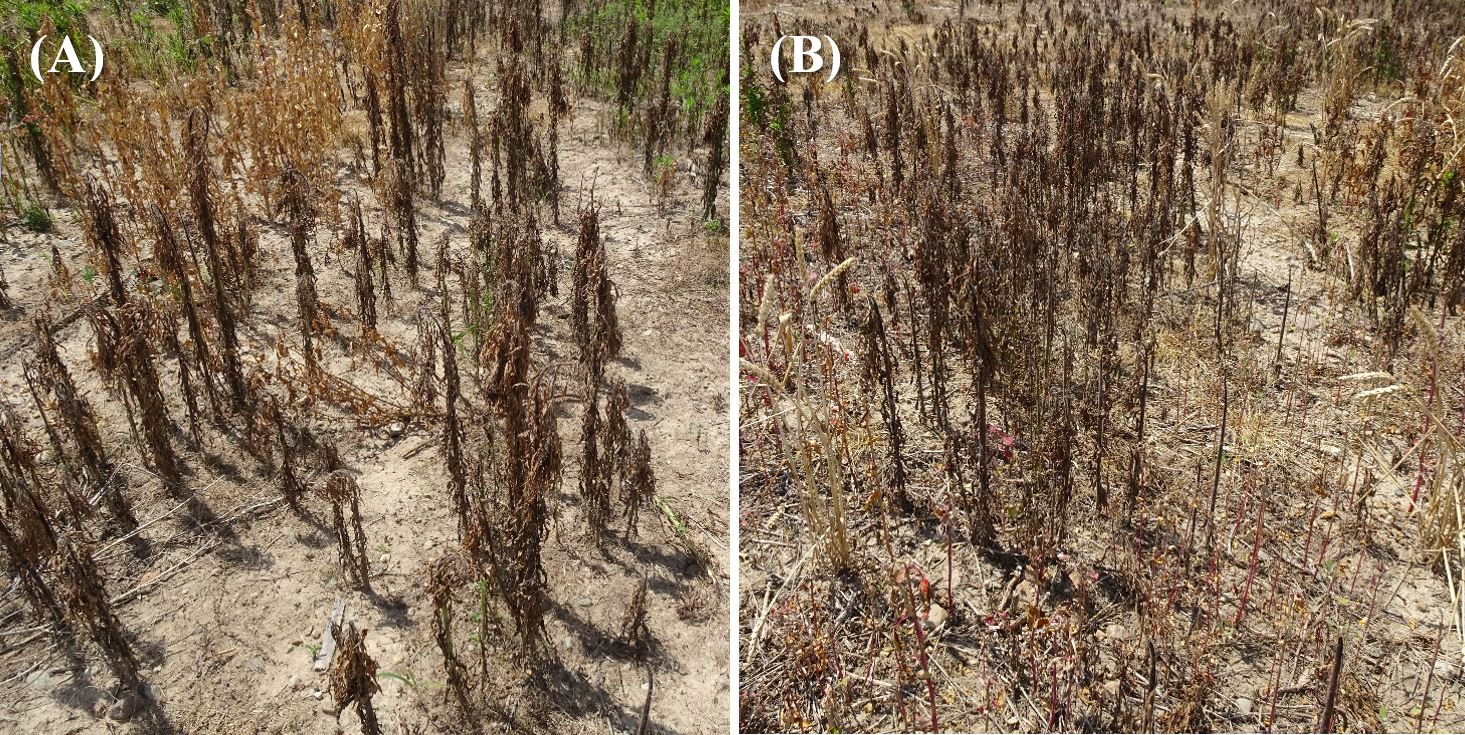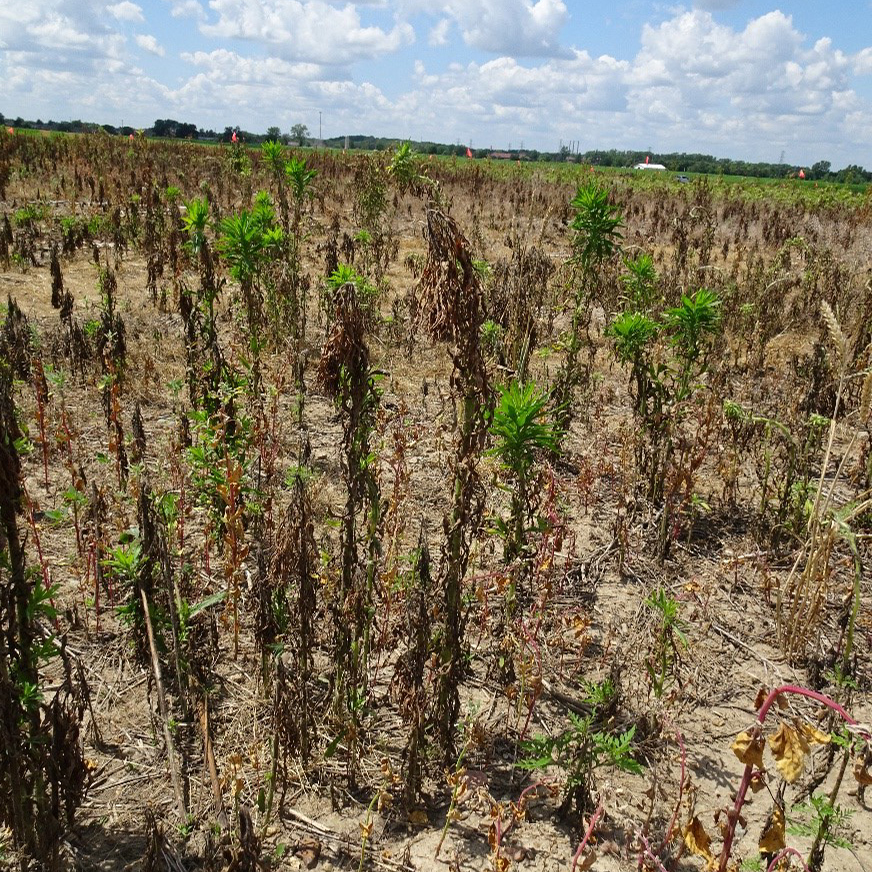Source: Barry Ward, John Barker, OSU Extension
 The profit margin outlook for corn, soybeans and wheat is relatively positive as planting season approaches. Prices of all three of our main commodity crops have moved higher since last summer and forward prices for this fall are currently at levels high enough to project positive returns for 2021 crop production. Recent increases in fertilizer prices have negatively affected projected returns. Higher crop insurance costs as well as moderately higher energy costs relative to last year will also add to overall costs for 2021.
The profit margin outlook for corn, soybeans and wheat is relatively positive as planting season approaches. Prices of all three of our main commodity crops have moved higher since last summer and forward prices for this fall are currently at levels high enough to project positive returns for 2021 crop production. Recent increases in fertilizer prices have negatively affected projected returns. Higher crop insurance costs as well as moderately higher energy costs relative to last year will also add to overall costs for 2021.
Production costs for Ohio field crops are forecast to be modestly higher compared to last year with higher fertilizer, fuel and crop insurance expenses. Variable costs for corn in Ohio for 2021 are projected to range from $386 to $470 per acre depending on land productivity. Variable costs for 2021 Ohio soybeans are projected to range from $216 to $242 per acre. Wheat variable expenses for 2021 are projected to range from $166 to $198 per acre.
Returns (excluding government payments) will likely be higher for many producers depending on price movement throughout the rest of the growing year. Grain prices currently used as assumptions in the 2021 crop enterprise budgets are $4.30/bushel for corn, $11.55/bushel for soybeans and $6.25/bushel for wheat. Projected returns above variable costs (contribution margin) range from $216 to $434 per acre for corn and $284 to $509 per acre for soybeans. Projected returns above variable costs for wheat range from $193 to $342 per acre. As a reminder, fixed costs (overhead) must be paid from these returns above variable costs. Fixed costs include machinery ownership costs, land costs including rent and payment for owner operator labor and management including other unpaid family labor.
Fertilizer prices continue to increase. If you have not checked fertilizer prices lately, be prepared for some sticker shock. Producers with some fertilizer purchased and stored or pre-priced prior to recent price increases will likely see a healthier bottom line this upcoming crop year.
Those with little or no fertilizer pre-purchased and stored or pre-priced may want to consider using P and K buildup to furnish crop needs this year in anticipation of possibly lower prices in the future. Now may be a good time review your fertilizer plans as you are considering how to best utilize your financial resources in 2021.
- Use realistic yield goals. Yield goals vary by field. Each field has unique characteristics that can impact yield.
- Utilize crop removal rates to determine crop nutrient needs. Crop removal rates can be found in the new Tri-State Fertilizer Recommendations for Corn, Soybeans, Wheat, and Alfalfa (Tables 15 and 16), available at your local Extension Office.
- Start with a recent soil test. If your soil test levels are in the maintenance range or higher, 2021 may be a good year to “borrow” from your soil nutrient bank.
As an example, a 150-bushel corn crop will remove about 55 pounds of P2O5 per acre in the harvested grain. This would result in a reduction in the soil test level of approximately 3 ppm.
Current budget analyses indicates favorable returns for soybeans compared to corn but crop price change and harvest yields may change this outcome. These projections are based on OSU Extension Ohio Crop Enterprise Budgets. Newly updated Enterprise Budgets for 2021 have been completed and posted to the Farm Office website: https://farmoffice.osu.edu/farm-mgt-tools/farm-budgets
















